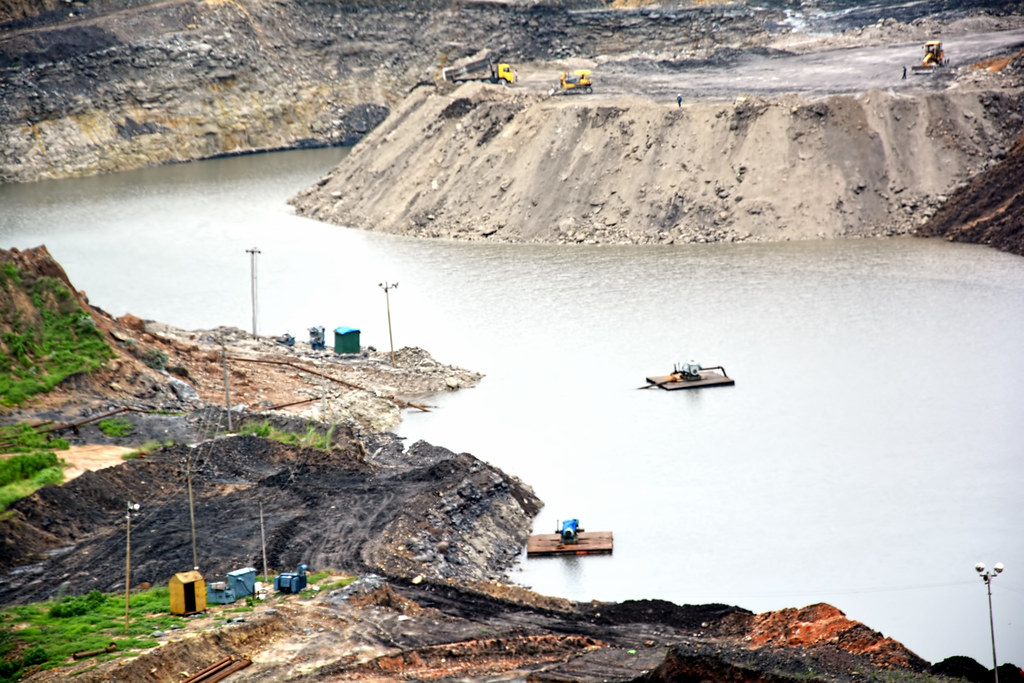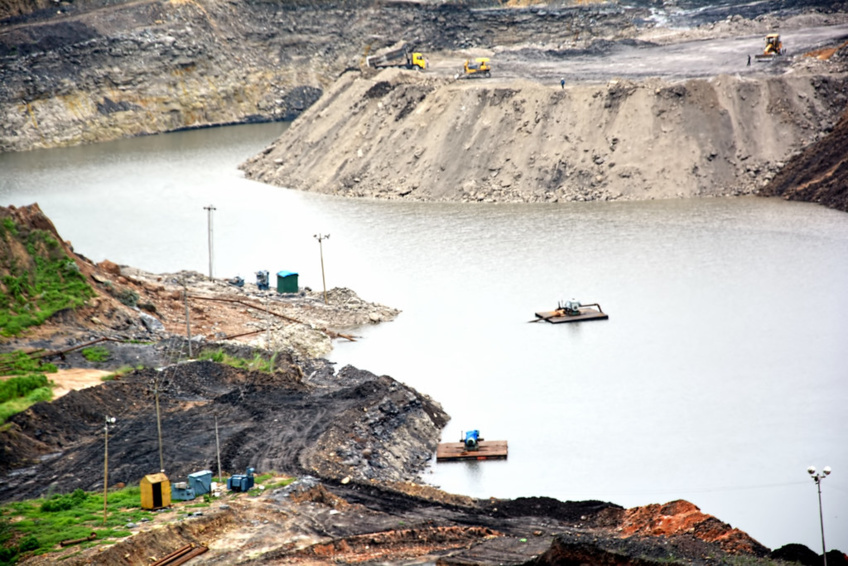Golder-WSP is a US company that provides an innovative cost-effective and a natural approach towards cleaning groundwater aquifer contamination, and thus reduce risks to human health as well as that of the environment.
Its solution is chemical-free, affordable as well as sustainable and results in the water being super-oxygenated. To be honest it sounds like a health or sports drink marketing dream.
Golder-WSP’s solution isn’t bottling water for human consumption, instead its super-oxygenated water is a bioremediation solution to clean up contaminated groundwater and impacted soil, and it comes with its own set of compelling selling points.
Super-oxygenated water (SOW) has significant advantages over other methods that are used for groundwater remediation for sites that have been contaminated with petroleum hydrocarbons, including former fuel storage facilities.
For the oil, gas and transport industries, this approach to clean up hydrocarbon contamination in groundwater aquifers which mitigates risks to human health as well as to the environment is sweet since it is very cost-effective.
Originally developed by a remediation team in Montreal at Golder Associates, it has now been integrated with WSP; the SOW approach has been used by Golder since 2004 in Canada, and recently it has been used, after further enhancements, in projects in Australia, the US, South America and Europe.
Building on the success in remediating hydrocarbons in the oil and gas sector, SOW is now being applied to other contaminants and is being embraced by other sectors as well.
SOW and Bioremediation
While the process may sound complex in technical terms, it is simple and elegant in its essence since it has no added ingredients, other than oxygen and nutrients. Essentially it enhances naturally occurring microbes.
Bioremediation is a proven approach by which oxygen stimulates microorganisms to break down organic contaminants into simple, safe end products. In areas of contaminated groundwater (a petroleum hydrocarbon plume), the geochemistry of the groundwater is mostly without oxygen since the available oxygen has been consumed by microbes in the process of metabolizing the undesirable organic compounds into carbon dioxide, methane, water, inorganic salts and cell matter.
To increase the process of biodegradation and thus speed up the metabolism of organic compounds, more oxygen is pumped in. SOW is injected into the groundwater aquifer via injection wells, creating a zone of high concentrations of dissolved oxygen – giving the bugs more oomph to do their thing.
“High-purity oxygen is dissolved into potable water or extracted groundwater within either a pressurized aeration tower or pressurized chamber. Both methods are very effective, as more than 90 percent of the oxygen injected (as SOW) is transferred into the groundwater aquifer. The method can produce oxygen concentrations of up to 40–50 mg/L, which is five to six times the natural dissolved oxygen concentration of groundwater”, said Golder-WSP.
The technology however comes with some limitations. SOW may be of limited use in shallow aquifers, requiring a thorough conceptual model of the site to understand how to overcome inherent uncertainties and limitations.
With ever-increasing competition and pressure on global water resources, there is an urgent need to attend to groundwater contaminations. This simple injection of life-giving oxygen could be the tonic we need for healthier future ecosystems and populations.
Its solution is chemical-free, affordable as well as sustainable and results in the water being super-oxygenated. To be honest it sounds like a health or sports drink marketing dream.
Golder-WSP’s solution isn’t bottling water for human consumption, instead its super-oxygenated water is a bioremediation solution to clean up contaminated groundwater and impacted soil, and it comes with its own set of compelling selling points.
Super-oxygenated water (SOW) has significant advantages over other methods that are used for groundwater remediation for sites that have been contaminated with petroleum hydrocarbons, including former fuel storage facilities.
For the oil, gas and transport industries, this approach to clean up hydrocarbon contamination in groundwater aquifers which mitigates risks to human health as well as to the environment is sweet since it is very cost-effective.
Originally developed by a remediation team in Montreal at Golder Associates, it has now been integrated with WSP; the SOW approach has been used by Golder since 2004 in Canada, and recently it has been used, after further enhancements, in projects in Australia, the US, South America and Europe.
Building on the success in remediating hydrocarbons in the oil and gas sector, SOW is now being applied to other contaminants and is being embraced by other sectors as well.
SOW and Bioremediation
While the process may sound complex in technical terms, it is simple and elegant in its essence since it has no added ingredients, other than oxygen and nutrients. Essentially it enhances naturally occurring microbes.
Bioremediation is a proven approach by which oxygen stimulates microorganisms to break down organic contaminants into simple, safe end products. In areas of contaminated groundwater (a petroleum hydrocarbon plume), the geochemistry of the groundwater is mostly without oxygen since the available oxygen has been consumed by microbes in the process of metabolizing the undesirable organic compounds into carbon dioxide, methane, water, inorganic salts and cell matter.
To increase the process of biodegradation and thus speed up the metabolism of organic compounds, more oxygen is pumped in. SOW is injected into the groundwater aquifer via injection wells, creating a zone of high concentrations of dissolved oxygen – giving the bugs more oomph to do their thing.
“High-purity oxygen is dissolved into potable water or extracted groundwater within either a pressurized aeration tower or pressurized chamber. Both methods are very effective, as more than 90 percent of the oxygen injected (as SOW) is transferred into the groundwater aquifer. The method can produce oxygen concentrations of up to 40–50 mg/L, which is five to six times the natural dissolved oxygen concentration of groundwater”, said Golder-WSP.
The technology however comes with some limitations. SOW may be of limited use in shallow aquifers, requiring a thorough conceptual model of the site to understand how to overcome inherent uncertainties and limitations.
With ever-increasing competition and pressure on global water resources, there is an urgent need to attend to groundwater contaminations. This simple injection of life-giving oxygen could be the tonic we need for healthier future ecosystems and populations.


 Bioremediation to clean up contaminated groundwater aquifers
Bioremediation to clean up contaminated groundwater aquifers





 Companies
Companies